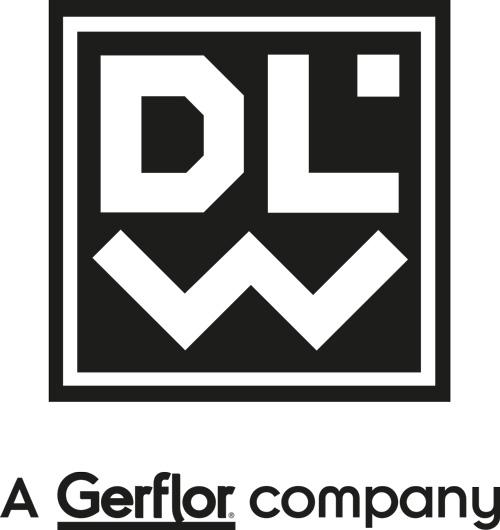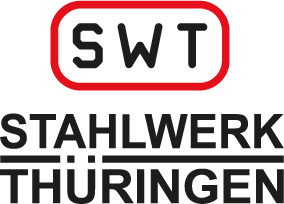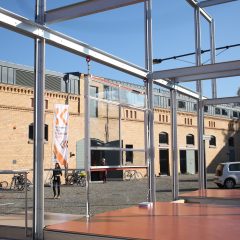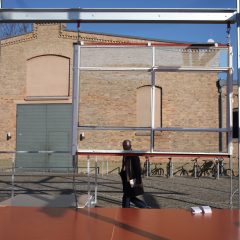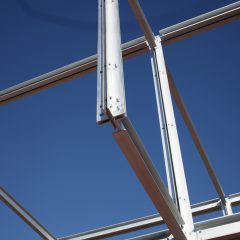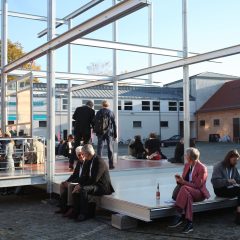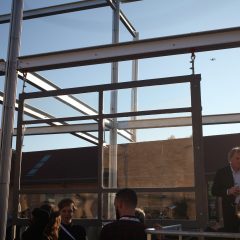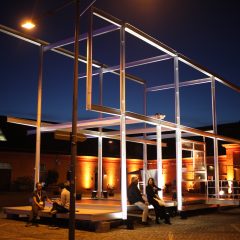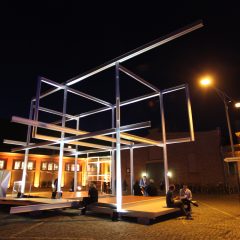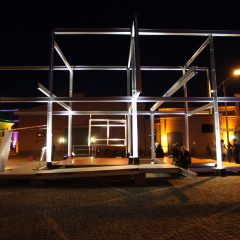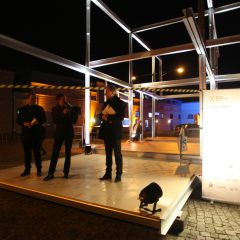bauhausTWINS Postdam
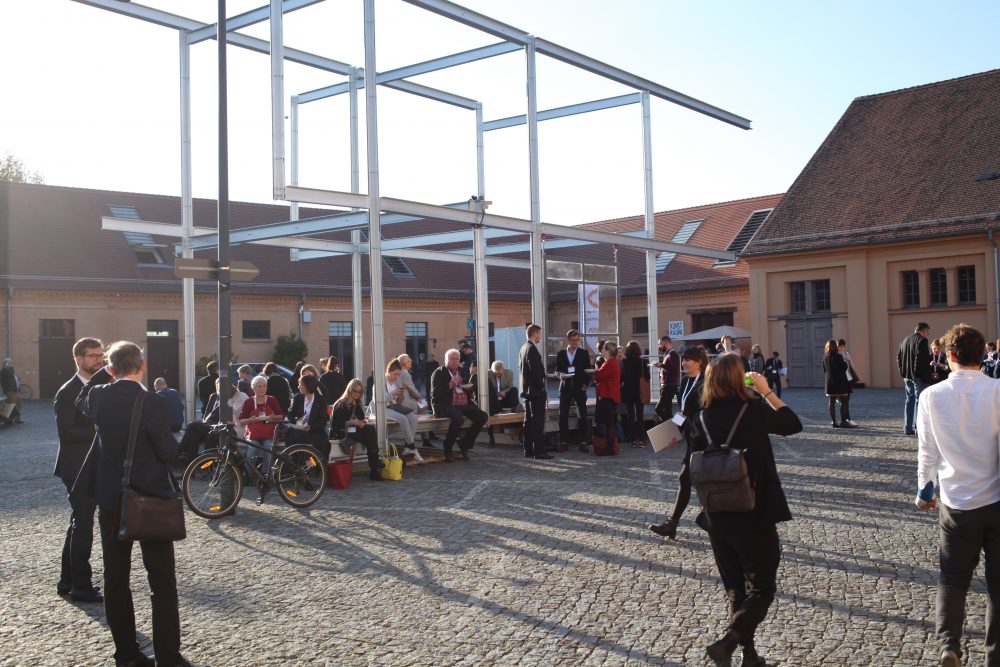
Premiere auf dem Konvent der Baukultur in Potsdam: Als räumliche Assemblage im großen Maßstab lud die Installation bauhausTWINS von zukunftsgeraeusche ein, sich mit dem Erbe der Moderne zu befassen. Im Laufe des Bauhaus-Jahres 2019 reist die Installation als zentrales Objekt für ein Festival mit dem Goethe-Institut und weiteren Partnern nach Mittel- und Osteuropa.
bauhausTWINS ist eine begehbare Installation mit wiederverwendeten Fassadenelementen aus der Atelierhaus-Fassade des Bauhauses Dessau, die aus dessen großer Sanierung von 1976 stammen.
Die Fenster- und Tür-Elemente wurden anlässlich der neuerlichen Sanierung des Bauhaus-Gebäudes im Jahr 2011 ausgebaut und von der Stiftung Bauhaus Dessau an zukunftsgeraeusche zur Verfügung gestellt und sind ein Teil des Gesamtprojekts bauhaus reuse.
Die Installation besteht aus einer feuerverzinkten Stahlkonstruktion in der die wiederverwendeten Elemente in unterschiedlichen Konstellationen gehängt sind und eine Art Bühne, verschiedene Ebenen und Raumsituationen erschaffen.
Die Konstruktion ist allseitig offen und stellt aus jeder Richtung einen anderen räumlichen Eindruck und Zugang her: vom Maßstab der Studienräume des Atelierhauses hin zu einer offenen, sich auflösenden Struktur, die einen erweiterten Kontext und Raum für Reflexionen eröffnet.
Auf dem Schirrhof des Areals Schiffbauergasse in Potsdam diente das Projekt bauhausTWINS als künstlerische Ergänzung und Anregung in der Auseinandersetzung mit den Themen, die auch im Baukulturbericht 2018/19 der Bundesstiftung Baukultur „Erbe – Bestand – Zukunft“ verhandelt werden: dem Umgang mit dem Erbe der Moderne, der nachhaltigen Weiterentwicklung und der „Assemblage“ auch im Sinne eines Umbauens und Neuzusammenfügens unserer Städte und Bauwerke.
bauhausTWINS spielt mit dem englischen Begriff twinning, der nicht nur übertragen für den Vorgang der Wiederverwendung in einem neuen Kontext und für das besondere Phänomen der zeitgleichen Existenz zweier Versionen der Fassaden-Elemente steht (der Rekonstruktionen von 1976 und von 2011), sondern auch Partnerschaft bedeutet, in diesem Sinne bei Städtepartnerschaften oder im Beitrittsprozess zur Europäischen Union Verwendung findet, sowie passenderweise die Verkupplung im Stahlbau bezeichnet.
Die Installation auf dem Schirrhof fungierte in diesem Sinne als künstlerisches und räumliches Verbindungs- und Verkupplungselement zwischen den Veranstaltungsorten des Konvents.
An der Herstellung der Installation waren Auszubildende des Kompetenzzentrums für nachhaltiges Bauen in Cottbus beteiligt. Sie übernahmen die behutsame Aufarbeitung der Elemente zur Bestandssicherung, die Überarbeitung von Schäden und den Ersatz von Verglasungen. Wobei weder eine Rekonstruktionen noch eine denkmalgerechte Sanierung im Vordergrund standen, sondern die Auseinandersetzung mit Baukultur in Ausbildung und Lehre, für die Beschäftigung mit den Elementen der Moderne als eine Art „Ready-Made“ und als kulturelles Medium.


![]()
